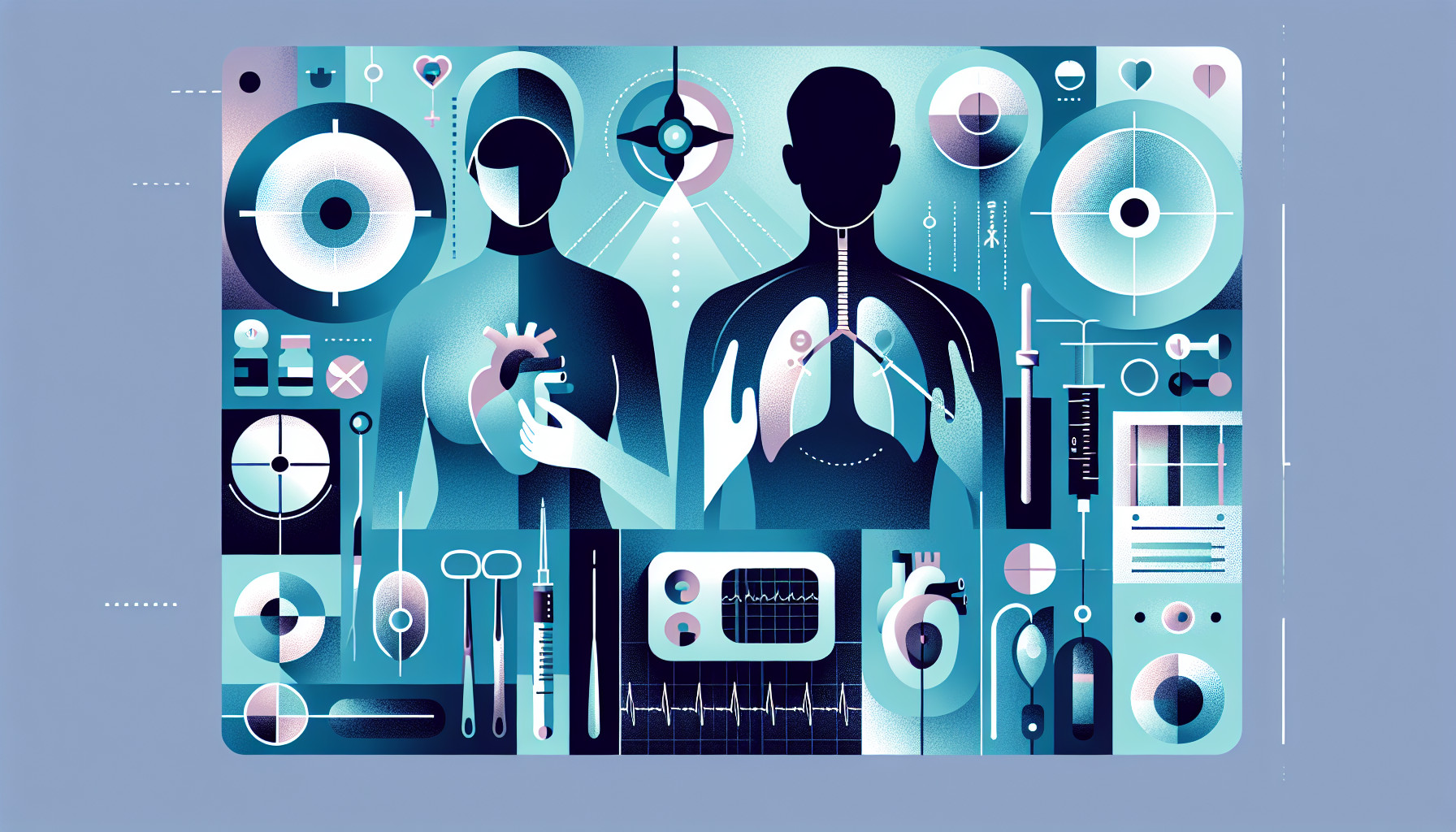Our Summary
The research paper investigates how extended reality (XR), which includes both virtual reality (VR) and augmented reality, is being used in thoracic (chest) surgery. XR technologies generate computer-created environments that mimic real life, allowing users to interact in these settings. This technology has been gaining popularity in the medical field, including surgery.
The researchers reviewed a large number of studies on the topic, finding three main areas where XR is applied in thoracic surgery: training, pre-surgery planning, and assistance during the operation itself.
For training, XR allows trainee surgeons to practice in a virtual operating room, helping them to reach the required skill level before they perform real surgeries.
In pre-surgery planning, XR helps to create 3D images of the patient’s chest and lungs, which helps surgeons understand the patient’s anatomy better and plan the surgery more accurately, increasing their confidence.
During surgery, XR can help especially in complex cases where traditional methods may not be sufficiently accurate.
In simpler terms, extended reality (like VR) is helping train surgeons, plan surgeries, and assist during operations, especially for complex chest surgeries.
FAQs
- How is extended reality (XR) being used in thoracic surgery?
- How does XR assist in training surgeons for thoracic surgery?
- In what ways does XR assist in pre-surgery planning and during the operation itself in thoracic surgery?
Doctor’s Tip
A doctor may advise a patient undergoing thoracic surgery to discuss with their surgeon if they are using extended reality technology, as it can improve accuracy and outcomes. They may also recommend following post-operative care instructions carefully to ensure a successful recovery.
Suitable For
Patients who may benefit from thoracic surgery include those with lung cancer, esophageal cancer, chest wall tumors, pleural diseases, and thoracic trauma. Additionally, patients with conditions such as emphysema, severe asthma, and severe gastroesophageal reflux disease may also be recommended for thoracic surgery. The use of XR technology in thoracic surgery can provide improved outcomes and enhanced precision for these patients.
Timeline
Before thoracic surgery:
- Patient undergoes diagnostic tests such as imaging scans (CT scans, MRI, etc.) to assess the condition of the chest and lungs.
- Surgeon discusses the surgical procedure with the patient, including risks and benefits.
- Pre-surgery planning involves using XR technology to create 3D images of the patient’s chest for a more accurate surgical plan.
After thoracic surgery:
- Patient is monitored in the recovery room to ensure stability and proper healing.
- Post-operative care includes pain management, monitoring for any complications, and physical therapy if needed.
- Follow-up appointments are scheduled to monitor healing progress and address any concerns.
- Rehabilitation may be recommended to help the patient regain strength and function in the chest area.
What to Ask Your Doctor
Some questions a patient should ask their doctor about thoracic surgery and the use of extended reality technology include:
- How will extended reality technology be used in my thoracic surgery?
- Can you explain how XR will help you plan and perform my surgery more accurately?
- What specific benefits can XR offer in terms of training and preparing for my surgery?
- Are there any potential risks or limitations associated with using XR in thoracic surgery?
- How does XR technology compare to traditional methods in terms of accuracy and success rates?
- Will I have the opportunity to see the 3D images of my chest and lungs created using XR before my surgery?
- How experienced are you and your team in using XR technology for thoracic surgeries?
- Can you provide any examples of successful thoracic surgeries that have used XR technology?
- How will XR technology improve my overall surgical experience and recovery process?
- Are there any additional resources or information available for me to learn more about XR in thoracic surgery?
Reference
Authors: Arjomandi Rad A, Vardanyan R, Thavarajasingam SG, Zubarevich A, Van den Eynde J, Sá MPBO, Zhigalov K, Sardiari Nia P, Ruhparwar A, Weymann A. Journal: Interact Cardiovasc Thorac Surg. 2022 Jan 18;34(2):201-211. doi: 10.1093/icvts/ivab241. PMID: 34542639
